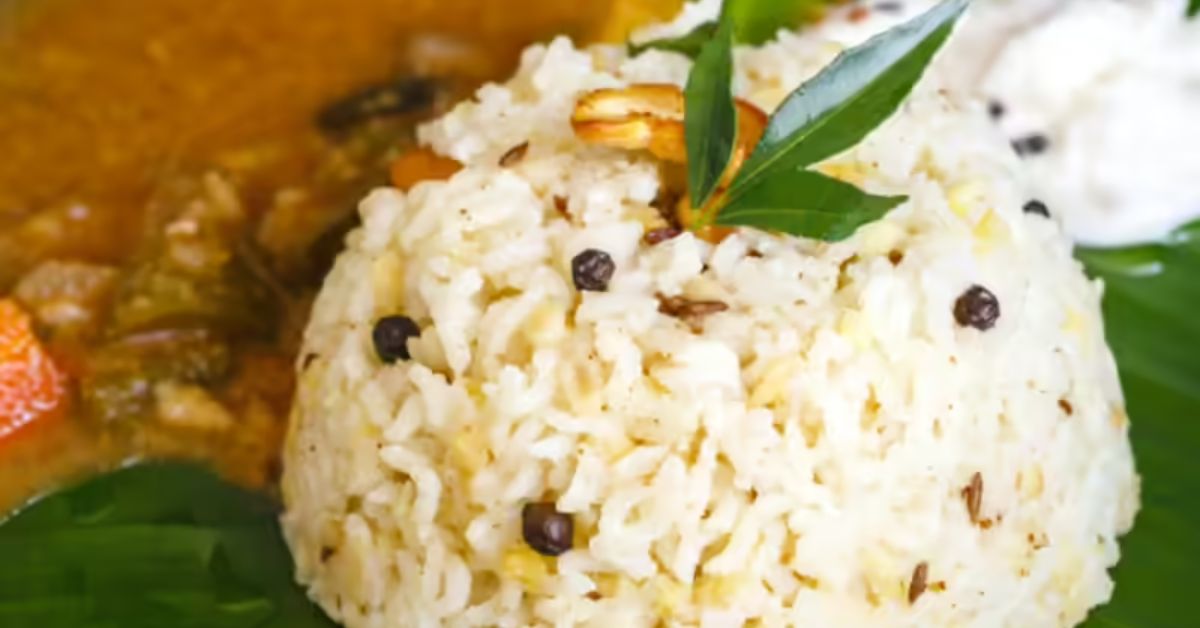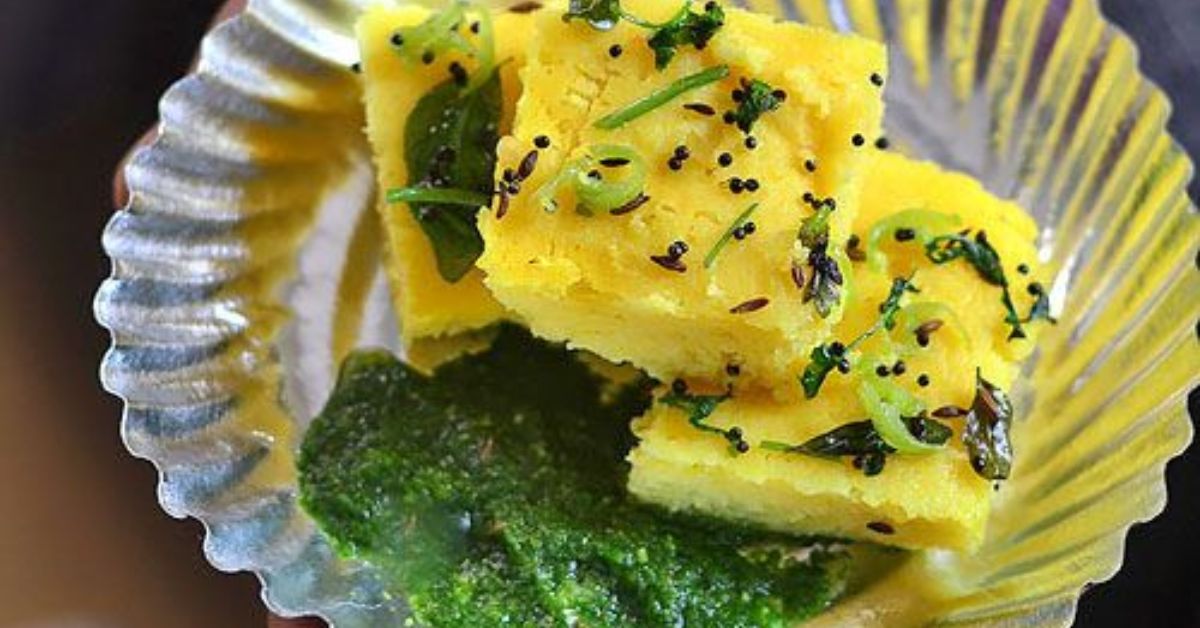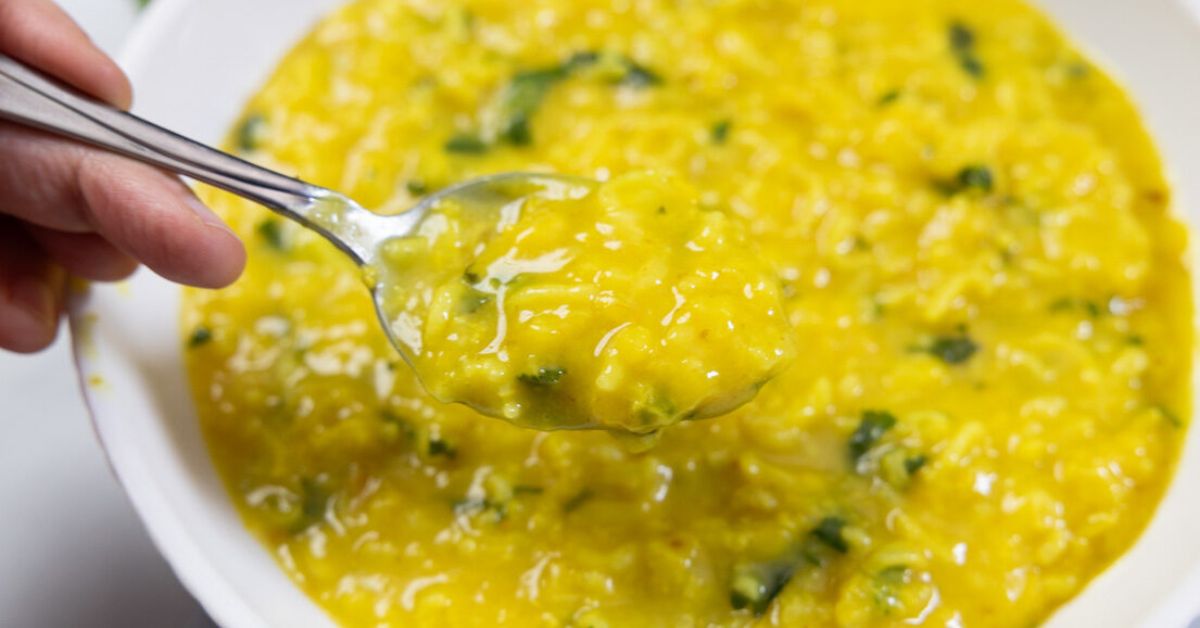Feature image courtesy: Cookidoo
In a world of cheese pulls and fusion sushi, it’s easy to forget that India’s food story didn’t begin with Instagram reels. Long before social media trends and modern borders, dishes were being served on banana leaves, in earthen pots, or on the silver thalis of royal courts.
These are not just recipes. They are living pieces of history, carrying the flavours of dynasties, trade routes, and humble hearths. Here’s a look at five Indian dishes that have been delighting people for centuries.
- Idli
Where: Tamil Nadu, Karnataka, Andhra Pradesh

Soft, fluffy, and universally loved, idli (steamed rice-and-lentil cakes) is far from a modern invention. The earliest reference to an idli-like dish appears in a 10th-century Kannada text called Vaddaradhane. The original version used only urad dal, but over time, the rice-and-lentil fermented combination we know today evolved.
Idli’s uniqueness lies in its method — steaming and fermentation — which makes it nutritious and easy to digest. It’s more than breakfast; it’s cultural heritage served with chutney.
What makes it special: Naturally fermented, easy on the stomach, and largely unchanged through centuries of culinary evolution.
- Pongal
Where: Tamil Nadu, Andhra Pradesh
Pongal (rice-lentil porridge) is not just food — it’s the centrepiece of one of Tamil Nadu’s biggest festivals. Made with newly harvested rice and moong dal cooked in ghee, pepper, and cumin, the dish is mentioned in Silappatikaram, a Tamil epic dating back to the 1st–2nd century CE.

Its sweet version, sakkarai pongal, includes jaggery and is offered to the Sun God during the Pongal festival. The savoury version is comfort food at its finest. Every ingredient celebrates abundance, community, and seasonal eating.
What makes it special: It’s one of the oldest festival dishes still cooked widely — and a delicious symbol of gratitude and harvest.
- Masor tenga
Where: Assam and neighbouring Northeastern states
Light, tangy, and aromatic, masor tenga (sour fish curry) is one of Assam’s most loved dishes. It features freshwater fish simmered in a broth of tomatoes, lemon, and sometimes elephant apple.
Similar preparations date back to the Kamarupa kingdom (ninth century CE), where fish was cooked with local souring agents. Today, it remains a summer favourite for its simplicity and ability to refresh in Assam’s humid climate.
What makes it special: Regional, hyper-seasonal, and possibly one of India’s oldest surviving fish preparations.
- Dhokla
Where: Gujarat, Maharashtra

This spongy, savoury snack made from fermented gram flour has a long history. Early references to a similar dish, ‘Dukkia‘, appear in Jain texts from the 10th century. While the modern steamed version is more refined, its core — a batter of chickpea flour and sour curd — remains unchanged.
The brilliance of dhokla (steamed savoury gram flour cake) lies in its technique: fermentation for gut health and steaming for lightness. Topped with mustard seeds and coriander, it’s healthy, tasty, and timeless.
What makes it special: Protein-rich, fermented, and an enduring example of India’s ancient culinary science.
- Khichdi
Where: Across India (especially Bihar, Uttar Pradesh, Gujarat, Bengal, Odisha)

Long before it was called India’s “national dish”, khichdi (rice and lentil porridge) nourished saints, soldiers, and royals. It appears in Ayurvedic texts and the Ain-i-Akbari (16th century), which lists several royal variations. Its origins, however, likely go back over a thousand years.
The simple mix of rice and lentils makes khichdi universally adaptable. Every region adds its twist — from Bengal’s bhuna khichuri to Gujarat’s vaghareli khichdi.
What makes it special: A humble dish with endless regional variations, rooted in simplicity and sustainability.
In an age of five-minute meals and viral recipes, these dishes remind us that food is more than fuel. It’s memory. It’s history. From the soft crumble of an idli to the tang of masor tenga, each bite carries stories of what people once grew, shared, and celebrated.
So the next time you dig into khichdi or pongal, know this — you are tasting a dish that has travelled through centuries to reach your plate.
No comments:
Post a Comment